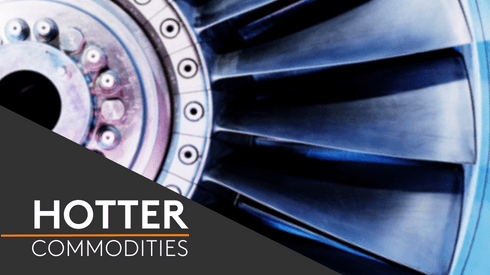Based on the IMF’s research, at current production rates, graphite supply would show an 85% gap versus demand by 2050.
The research highlights the implications of industry forecasts, including our own, that exponential growth in demand for batteries to be used in electric vehicles (EVs) will require significant increases in graphite production from the existing levels.
The IMF report also highlighted concerns regarding the significant concentration of most key energy transition materials in a small number of countries, an aspect of the market that we have also previously highlighted. In the case of graphite, around 60% of supply is based in China, with a further combined 20% coming from Mozambique and Brazil.
The graphite industry is addressing these concerns, with both new and existing graphite producers seeking both to meet future rapid demand growth from the EV battery sector and to address the need for diversification of supply, as well as to establish localized supply to reduce both country risk and supply chain vulnerabilities, which have been seen across numerous industries in 2020-21.
In our view, the most likely initial increases to graphite supply to meet soaring demand will come from established producers, primarily in China and Mozambique.
In Mozambique, Syrah Resources’ Balama project is producing at less than its maximum capacity for 350,000 tonnes per year, with output estimated at closer to 100,000-150,000 tpy. Output could be increased if warranted by market conditions, which we do expect to see in the coming years.
Natural graphite production projects of various sizes and at various stages are under way in countries around the world including Madagascar, Malawi, Tanzania, South Korea, Finland, Norway, Sweden, Ukraine, Canada, the United States and Australia, but we do not expect to see a significant contribution to global graphite supply from these new projects until 2024-25.
While these projects indicate that there are serious plans to address the longer-term potential graphite shortage, we will need to see many of these projects come to fruition, and to meet projected long-term demand for graphite from the battery sector, if we are to prevent a shortage of the magnitude indicated by the IMF.
Advances in anode technology after 2025, with increasing use of silicon and lithium metal in EV battery anodes, may result in less intense use of graphite in anodes in the longer term. But with uncertainty about the timing of this, and about the exact composition of future anode technologies, the need for additional graphite units in the medium to longer term remains well supported.





